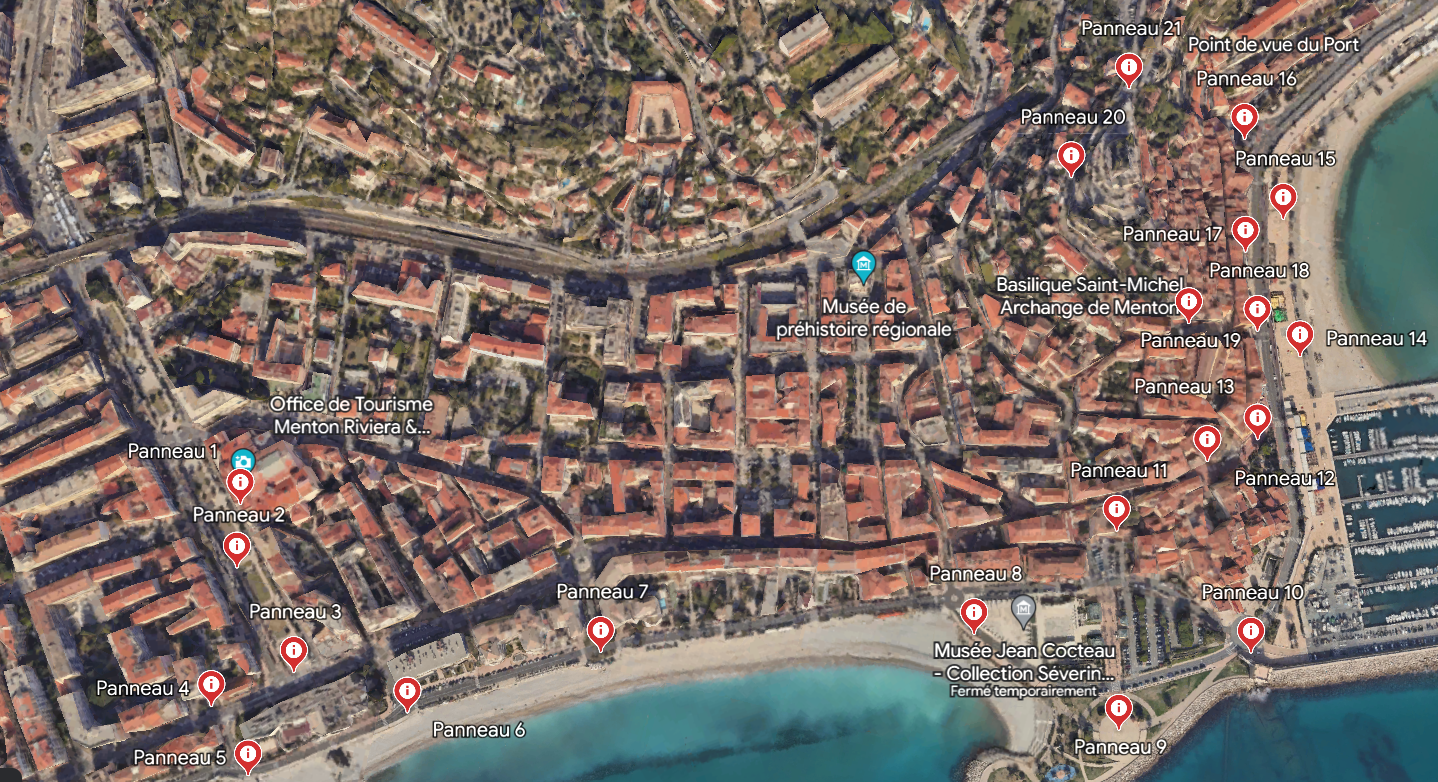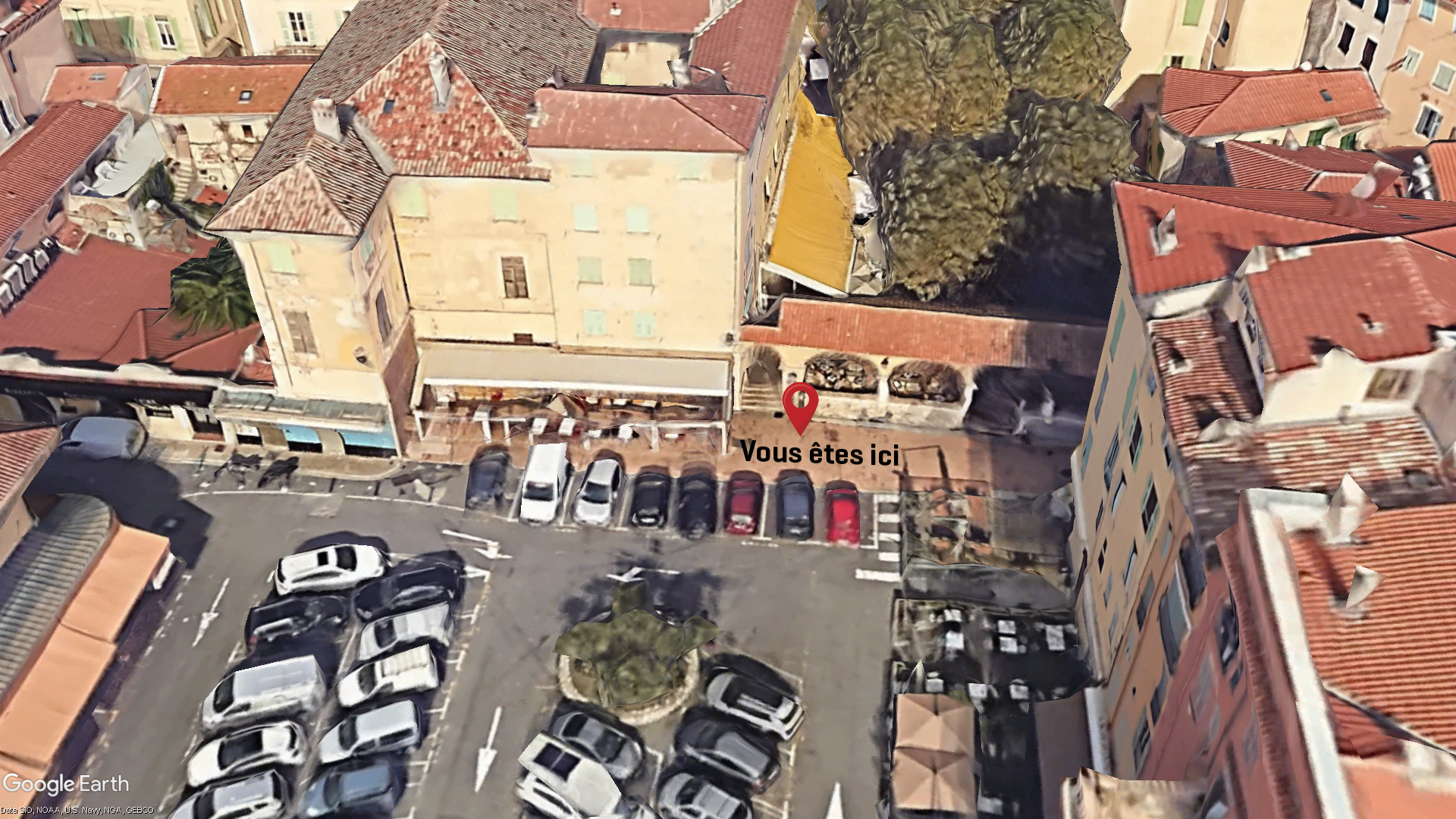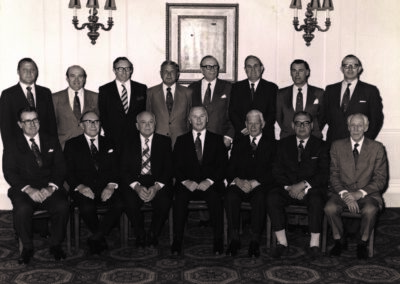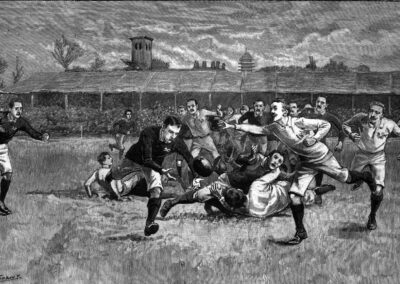11 - Création de l'International Rugby Board

Version audio
Version texte
11 – Création de l’International Rugby Board
Un essai contesté pendant le match opposant l’Angleterre à l’Écosse à Blackheath, en 1884, devient un sujet majeur de dispute, qui conduit les deux nations à rompre toute relation durant deux saisons, pour finalement donner naissance à l’International Rugby Board.
L’International Rugby Board naît quelques temps après une conférence entre l’Écosse, l’Irlande et le Pays de Galles à Dublin, le 6 février 1886. En 1890, l’Angleterre rejoint le comité et se voit attribuer six sièges, tout comme les trois autres fédérations.
Lorsque l’Australian Rugby Union est formée en 1949, la NZRU pour la Nouvelle Zélande, la SARB pour l’Afrique du Sud et l’ARU pour l’Australie se joignent à l’International Rugby Board, et obiennent un siège chacun. En 1958, il est décidé que chacun des sept membres aura deux représentants.
La fédération Française de Rugby rejoint le comité en 1977, lorsque les statuts sont modifiés, pour lui permettre de devenir membre.
En 1986, à l’occasion du centième anniversaire de l’International Rugby Board, le comité accepte de se développer, et invite toutes les nations qui jouent à adhérer. Elles deviennent toutes membres à part entière, et un secrétariat permanent est mis en place en 1988 après la première Coupe du monde.
L’international Rugby Board compte désormais plus de cent fédérations membres, regroupées en six associations régionales : l’Afrique, l’Asie, l’Europe, l’Amérique du Nord, l’Amérique du Sud et l’Océanie.
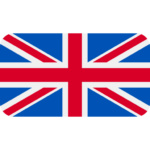
Audio version
Text version
11. Formation of the International Rugby Board
A disputed try in the England v Scotland match at Blackheath in 1884 became a major bone of contention which led to a breakdown in relations between Scotland and England for two seasons, and ultimately to the birth of the International Rugby Football Board.
The IRB came into existence following a conference held by Scotland, Ireland and Wales in Dublin on February 6, 1886. In 1890 England joined the Board and was given six seats, matching the representation of the other three Unions.
In 1949 the Australian Rugby Union was formed and it joined the IRB as did the New Zealand Rugby Union and the South Africa Rugby Board, with each allocated one seat each. In 1958 it was agreed that all seven members would have two representatives each.
The French Rugby Federation joined the Board in 1977 when the By-Laws were altered to enable the FFR to become a member.
In 1986, marking the centenary of the formation of the IRB, the Board agreed to expand and invited the rest of the playing world to join in. Membership was awarded to all playing nations and a permanent full-time secretariat was installed after the first Rugby World Cup in 1988.
The IRB has now over 100 member Unions in six Regional Associations: Africa, Asia, Europe, North America, South America and Oceania.

Versione audio
Versione testuale
11. Formazione dell’IRB (International Rugby Board)
Una meta contestata durante la partita dell’Inghilterra con la Scozia a Blackheath nel 1884 divenne un importante argomento di scontro, che portò le due nazioni a interrompere i rapporti per due stagioni, dando infine origine all’IRB.
L’IRB nacque dopo una conferenza tra Scozia, Irlanda e Galles tenutasi a Dublino il 6 febbraio 1886. Nel 1890 l’Inghilterra entrò a far parte del comitato e le furono assegnati 6 seggi, così come alle altre 3 federazioni.
Quando nel 1949 fu costituita l’Australian Rugby Union, la NZRU (Nuova Zelanda), la SARB (Sudafrica) e l’ARU si unirono all’IRB e ricevettero un seggio ciascuna. Nel 1958 fu deciso che ognuno dei sette membri avrebbe avuto due rappresentanti.
La Federazione francese di rugby (FFR) entrò a far parte del comitato nel 1977, quando lo statuto fu modificato per consentirle di diventare membro.
Nel 1986, in occasione del centenario dell’IRB, il comitato decise di espandersi e invitò tutte le nazioni giocatrici ad aderire. Tutte sono diventate membri a pieno titolo e nel 1988, dopo la prima Coppa del Mondo, è stata istituita una segreteria permanente.
L’IRB conta oggi oltre 100 federazioni affiliate, raggruppate in sei associazioni regionali: Africa, Asia, Europa, Nord America, Sud America e Oceania.
Plan
